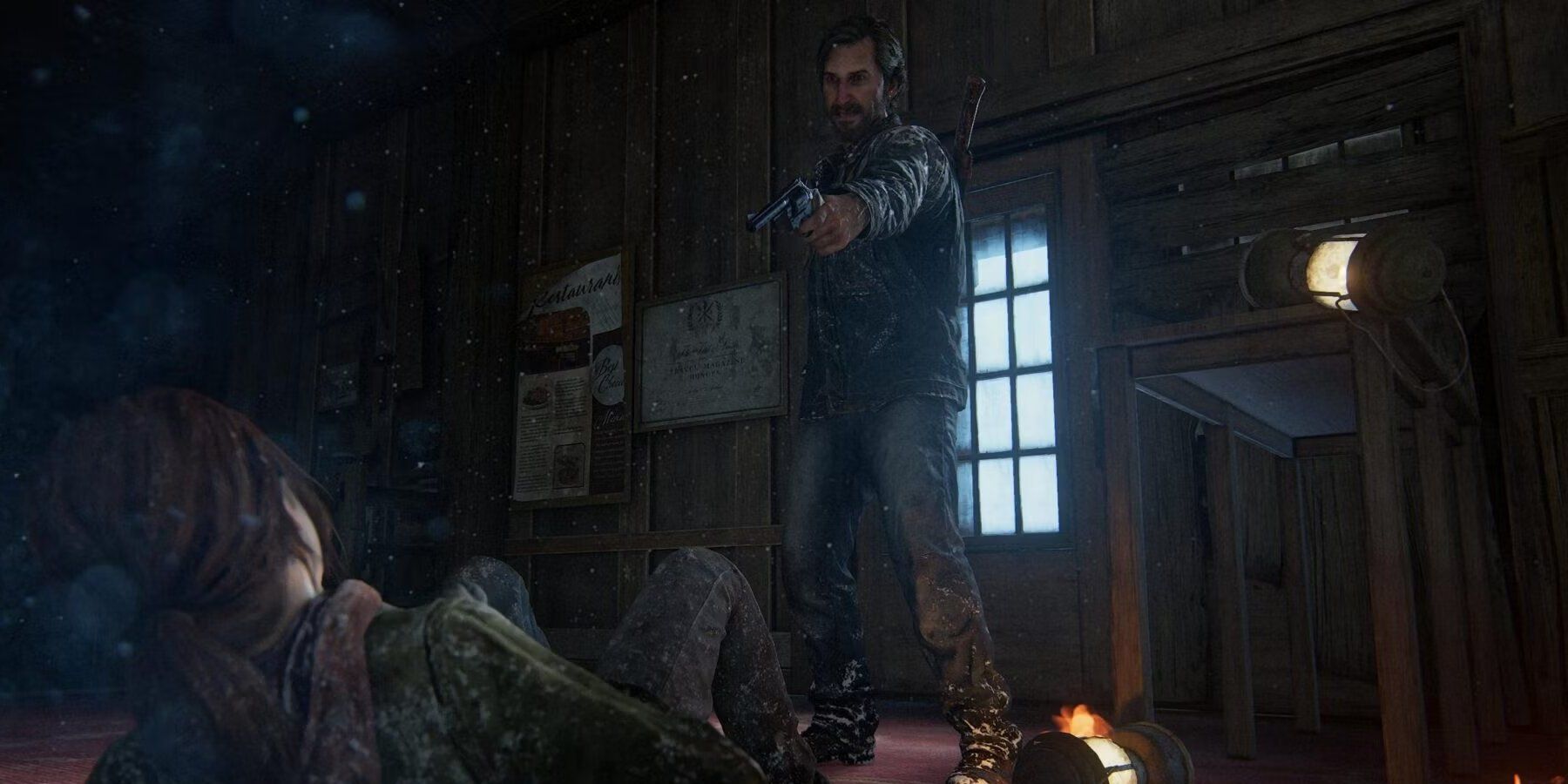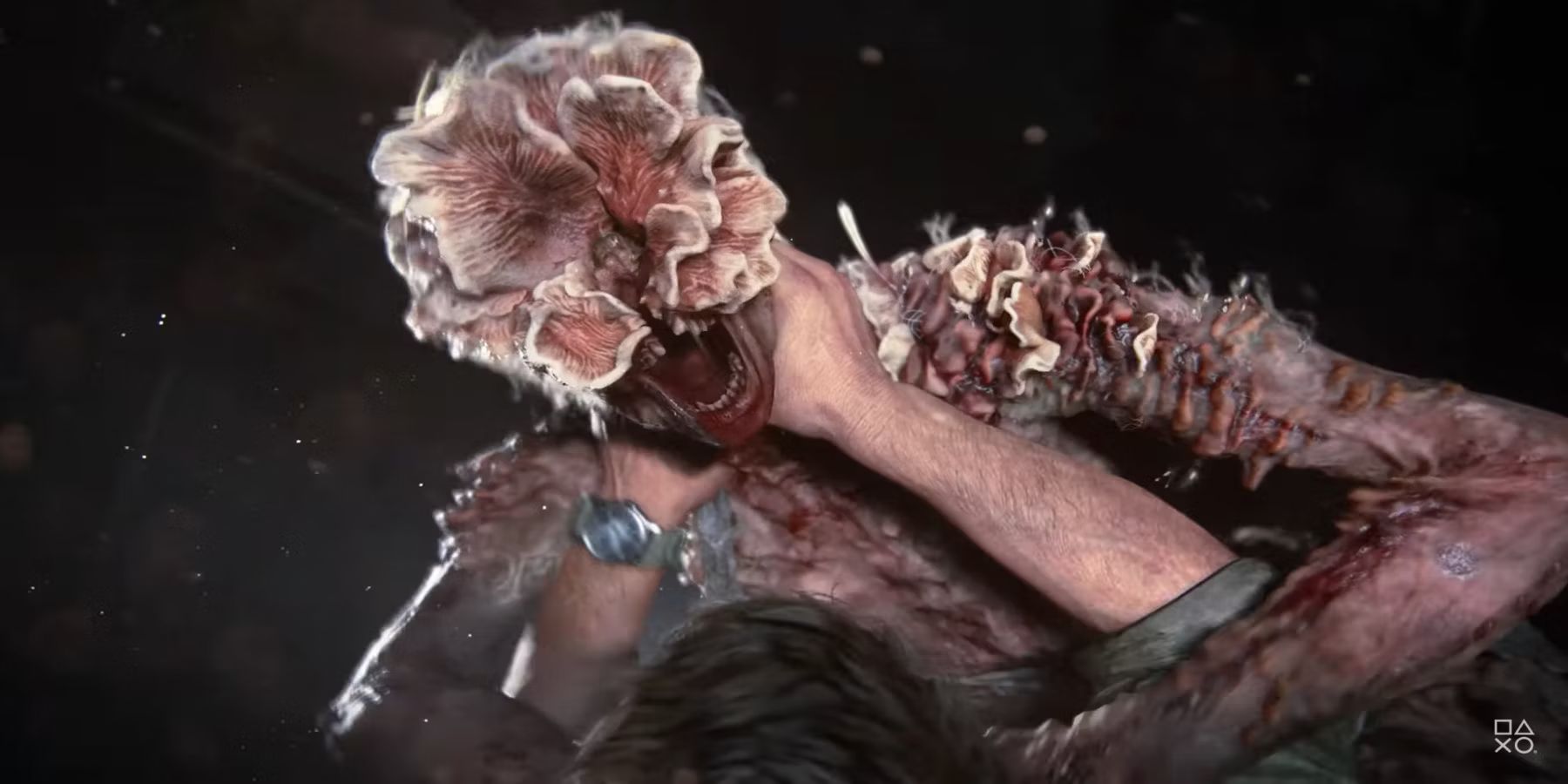
The Last of Us 2 Demands a Terrifying New Threat Beyond the Infected

The Last of Us requires a new formidable foe to intensify the fear factor, one that delves deeper into the complexities of human nature and challenges players in unimaginable ways
Highlights
The Last of Us needs stronger and more memorable villains beyond the Infected.
The game should delve into the depths of the human experience, highlighting the impact of the apocalypse on its antagonists.
In a creative twist, the upcoming villain will skillfully harness the power of the Infected and exploit their immunity to establish a formidable challenge for the protagonist.
With the promising future of The Last of Us, including a standalone multiplayer and the possibility of The Last of Us Part 3, it is crucial for these upcoming games to create formidable enemies that match the level of the Infected. While the Infected are similar to other mindless zombies driven by cordyceps, The Last of Us has introduced complex human factions with their own motivations.
However, despite the presence of diverse human groups, The Last of Us has yet to produce many memorable villains beyond the Infected. Apart from a few exceptions like the unassuming yet unsettling David or Abby in The Last of Us Part 2, whose story intertwines tragically with that of Joel and Ellie, the games lack a central villain who can guide the player's antagonistic journey. Considering The Last of Us' unique Infected world, which sets it apart from other post-apocalyptic zombie scenarios, future games must seize this opportunity by presenting stronger adversaries.
The Last of Us Should Double Down On The Human Condition
The Last of Us has introduced various human factions commonly found in post-apocalyptic worlds, such as survivor communes, terrorist groups, lawless scavengers, and religious cults. These factions, while stereotypical, do not stand out as faceless enemies within The Last of Us. The game effectively portrays the dire state of the world through characters like David or Marlene, allowing players to establish a connection and empathy with their stories.
In future installments of The Last of Us, whether diving deeper into existing factions or creating new ones as antagonists, Naughty Dog must ensure the presence of a compelling villain to captivate players. This villain should embody the influence of the apocalypse on humanity, adapting to face an inhuman world. For instance, they could explore the role of faith in their attempt to understand the cause of the Infection, or challenge expectations by presenting a villain as monstrous as the Infected even prior to the outbreak itself.
The Last of Us' Next Villain Could Get Creative
The Last of Us could take a fresh approach and revamp its enemies by drawing inspiration from The Walking Dead and its antagonists, The Whisperers. By adding a new layer to the enemy, The Last of Us can challenge the audience's preconceived notions. Similar to The Whisperers' twist on survivors acting like zombies, The Last of Us can capitalize on its own unique fungal-based infection. Instead of killing or avoiding the Infected, the next villain introduced in The Last of Us might attempt to weaponize them, cleverly using the rules of the post-Infected world to their advantage.
This new direction could bring about innovative Infected concepts in The Last of Us, such as enemy armor made from Bloaters' fungal plates or long-range weapons that generate noise to control Clickers. Additionally, it could delve deeper into one of The Last of Us' most intriguing but underexplored elements. While Ellie's immunity was a significant plot point in The Last of Us Part 1, it receives minimal attention in The Last of Us Part 2. Considering the odds, there might be another survivor who is also immune to the Infected, but they choose to exploit their immunity and eventually become Ellie's nemesis.















